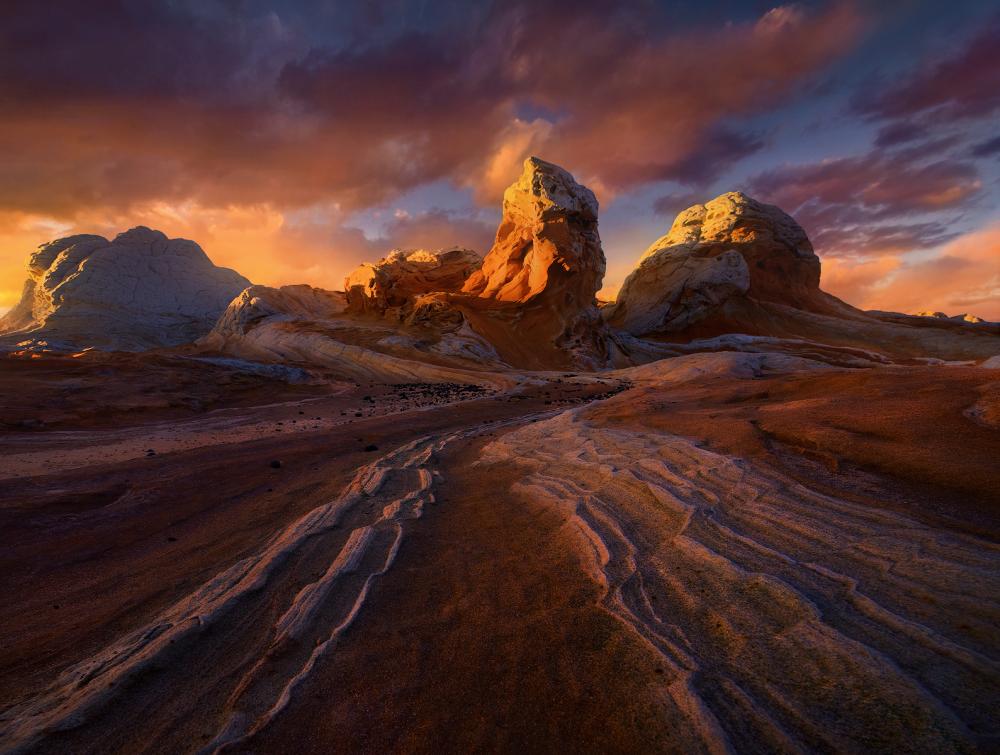Antiquities Act

Vermilion Cliffs National Monument, Arizona
Marc Adamus
Can you imagine an America without the Grand Canyon or the Statue of Liberty preserved as they are? If it weren’t for the Antiquities Act, places like these may never have been protected.
An important conservation tool
The Antiquities Act is special because it allows the president to protect America’s wildlands and historical sites as national monuments.
The president can use the Antiquities Act to:
- Protect special natural, historical and cultural areas as national monuments
- Expand monument boundaries
- Direct resources toward monument management
- Re-designate monuments as national parks
Presidents and the Antiquities Act
Established in 1906, the Antiquities Act has been used by 16 presidents -- from Theodore Roosevelt to Barack Obama – to designate national monuments. Only three presidents did not use the Act: Richard Nixon, Ronald Reagan and George H.W. Bush.
Congress and the Antiquities Act
Congress also has the power to declare national monuments, and has done so 40 times. Congress has also redesignated 32 national monuments as national parks. That includes Grand Canyon National Park. Currently, there are several bills in Congress to designate special places as national monuments.
Public Support for the Antiquities Act
Polling has consistently demonstrated public support for national monuments. People understand that monument designation protects land from various types of development.
Attacks on the Antiquities Act
In recent years, a minority of anti-conservation lawmakers have tried to undermine the president’s ability to use the Antiquities Act. Numerous bills have been introduced to weaken the act. At Wilderness, we believe such attacks are out of line with American conservation values.



